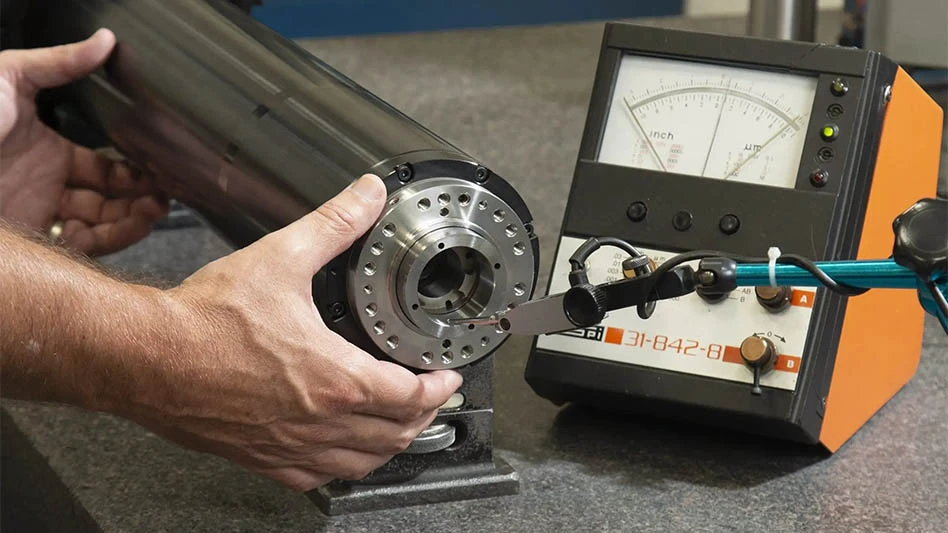Delta Air Lines Inc. has told the government it is making software and avionics changes to prevent a repeat of the October 2009 incident in which one of its jets, operating as a Northwest Airlines flight, lost contact with air-traffic controllers for more than an hour and cruised past its Minneapolis destination.
As part of a filing with federal investigators that became public this week, the airline said it is upgrading software to enable its dispatchers in the future to use special sound alerts to attract the attention of pilots aboard certain Airbus aircraft.
The pilots aboard Northwest Flight 188, an Airbus A320 headed for Minneapolis, lost radio contact with controllers for 77 minutes, cruised past their destination at 37,000 feet on autopilot and didn't realize their mistake until a flight attendant contacted them on the intercom. Northwest dispatchers sent more than half a dozen silent text messages that showed up on the plane's cockpit displays, but they failed to alert the pilots about the lapse in communication.
At the time, Northwest's A319s and A320s weren't set up to receive aural warnings from dispatchers using the same system. Delta and Northwest subsequently obtained government approval to operate all aircraft under the Delta banner.
In the filing, Delta said it is making the changes "to improve message alerting between flight dispatchers and Airbus A320/A319 pilots" by providing "a unique aural alerting option" to help dispatchers reach cockpit crews. The filing doesn't indicate how long the upgrades will take.
Flight 188's pilots had their licenses revoked by the Federal Aviation Administration after they acknowledged being distracted and taking out their personal laptops to discuss crew-scheduling issues during the flight. The pilots are appealing the FAA's punishment. The plane eventually landed safely in Minneapolis, and nobody was hurt.
Delta's filing also revealed that the carrier tried but failed to persuade the National Transportation Safety Board to download the contents of the laptops as part of the board's investigation.
In a separate filing dealing with the details of the same flight on Oct. 21, the union representing the two Northwest pilots blamed part of the problem on the failure of air-traffic controllers to immediately recognize the loss of radio contact. However, the union's filing suggested that crew distraction was the primary factor.
The Air Line Pilots Association also recommended installing safety devices on Airbus A320s that would sound various types of warnings -- including some type of aural alert -- if pilots went too long without flipping any switches, talking on the radio or taking other actions. Such "crew alertness monitors," which have been installed on some jumbo jets and other airliner models to keep pilots from nodding off on long flights, would show a red flashing light and make a warning noise to get pilots to react.
The ALPA's filing indicates "such a system could be valuable in mitigating similar incidents and should be investigated."
Latest from Aerospace Manufacturing and Design
- JetZero all-wing airplane demonstrator achieves milestones
- Cermet indexable inserts for medium turning operations
- Trelleborg acquires Aero-Plastics
- Industrial automation products, enclosed encoders
- #61 - Manufacturing Matters: CMMC roll out: When do I need to comply?
- AIX shows aircraft interiors are a strategic priority for global airlines
- Machine Tool Builders Roundtable: Turn equipment into expertise
- No time to waste: How to machine MedTech parts more efficiently





